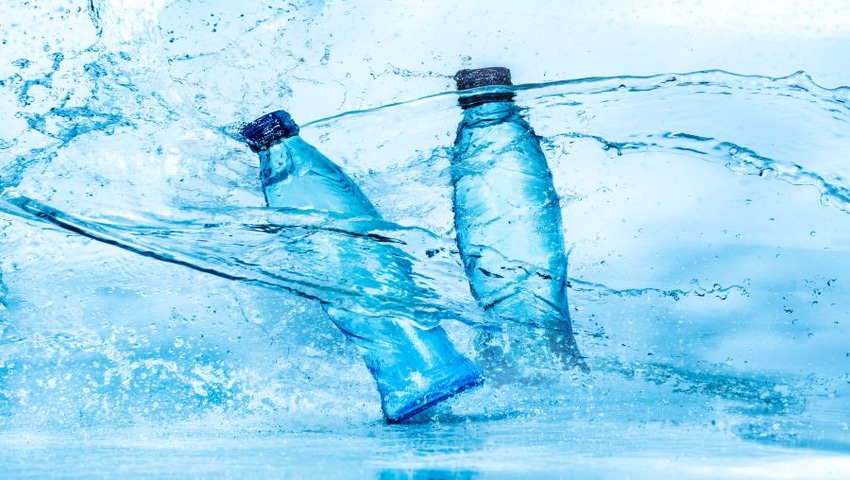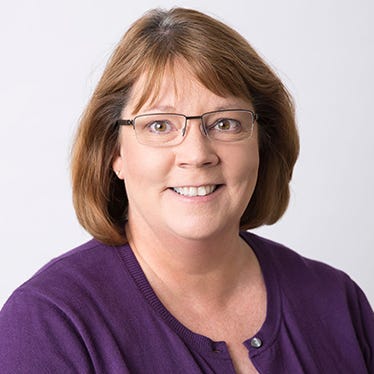Driven by consumer demand for convenient and better-for-you beverages, bottled water overtook carbonated soft drinks (CSDs) as the No. 1 beverage category by volume in 2106, according to new data from the Beverage Marketing Corporation.

Driven by consumer demand for convenient and better-for-you beverages, bottled water overtook carbonated soft drinks (CSDs) as the No. 1 beverage category by volume in 2106, according to new data from the Beverage Marketing Corporation.
Total bottled water volume grew from 11.8 billion gallons in 2015 to 12.8 billion gallons in 2016, an increase of nearly 9 percent, which marked the third year in a row of accelerating growth. Looking forward, bottled water is predicted to continue building momentum and remain top of mind with consumers.
“Bottled water effectively reshaped the beverage marketplace," said Michael C. Bellas, chairman and CEO, Beverage Marketing Corporation. “When Perrier first entered the country in the 1970s, few would have predicted the heights to which bottled water would eventually climb. Where once it would have been unimaginable to see Americans walking down the street carrying plastic bottles of water, or driving around with them in their cars' cup holders, now that's the norm."
With the exception of two relatively small declines in 2008 and 2009 bottled water volume grew every year from 1977 to 2016. This period included 17 double-digit annual volume growth spurts. Since resuming growth in 2010, bottled water volume has consistently enlarged at solid single–digit percentage rates. As a result, per capita consumption exceeded 39 gallons in 2016, while average intake of carbonated soft drinks slipped to about 38.5 gallons. Around the turn of the century, per capita soft drink consumption regularly exceeded 50 gallons, and Beverage Marketing expects bottled water to reach that level by the middle of the next decade.
Bottled water's ascent coincided with and shifts in consumer preferences for healthier refreshment and rehydration. As the ultimate portable and affordable beverage, bottled water spawned new usage occasions and habits. Suitable for consumption at any and all times of day, and not necessarily in need of being kept ice cold, or carbonated, bottled water simply became the preferred beverage not only for consumers aiming to cut back on calories or artificial sweeteners but also for consumers of all kinds wanting to consume a healthy all-natural refreshment beverages.
Informa’s Global Health & Nutrition Network, publisher of Natural Products INSIDER, announced the launch of Food Insider Journal, a new brand focused on clean-label strategy and formulation, and how the shift to simple and natural is affecting the food and beverage market. The April issue will dive into the topic of natural sweeteners and illustrate the market opportunity using the declining soft drink segment.)
According to Beverage Marketing Corporation, single-serving sizes of those bottles became the most popular option, driving overall growth of the category and accounting for the majority of its volume. In 2016, the single-serve segment enlarged by more than 9 percent to reach 8.6 billion gallons; all other segments, including larger, multi-serving bottles as well as home and office delivery, sparkling water and imports, also registered growth in 2016. Both domestic sparking and imports advanced at double-digit rates, albeit from comparatively small bases.
The report supports previous market data from Mintel that found bottled water brands are benefitted from the consumer trend toward better-for-you alternatives to sugary drinks ringing up $15 billion in 2015. The sector is expected to witness rapid growth through 2020, with projected sales growth of 34.7 percent for the category, including 75.1 percent growth for the sparkling/mineral water/seltzer segment. What’s more, interest in functional attributes for bottled water continues to increase. In fact, 43 percent of consumers are interested in bottled water enhanced with vitamins; another 30 percent agree the ideal bottled water should contain minerals and energy. When it comes to calorie counting, 31 percent of consumers prefer zero-calorie bottled water as opposed to less than 100 calorie offerings (13 percent).
Beverage fortification is hardly new; the industry has been adding vitamins A and D to milk for generations, and it’s been years since orange juice began surpassing milk—for some consumers, at least—as a primary source of calcium. But now that traditional vitamins and minerals are a given in good-for-you drinks, consumers want more; they are looking for nutrition that goes above and beyond the status quo—be it extra nutrition or condition-specific benefits. Download INSIDER’s free “Beverages with Benefits" Digital Magazine to find out more.
About the Author(s)
You May Also Like






.png?width=800&auto=webp&quality=80&disable=upscale)